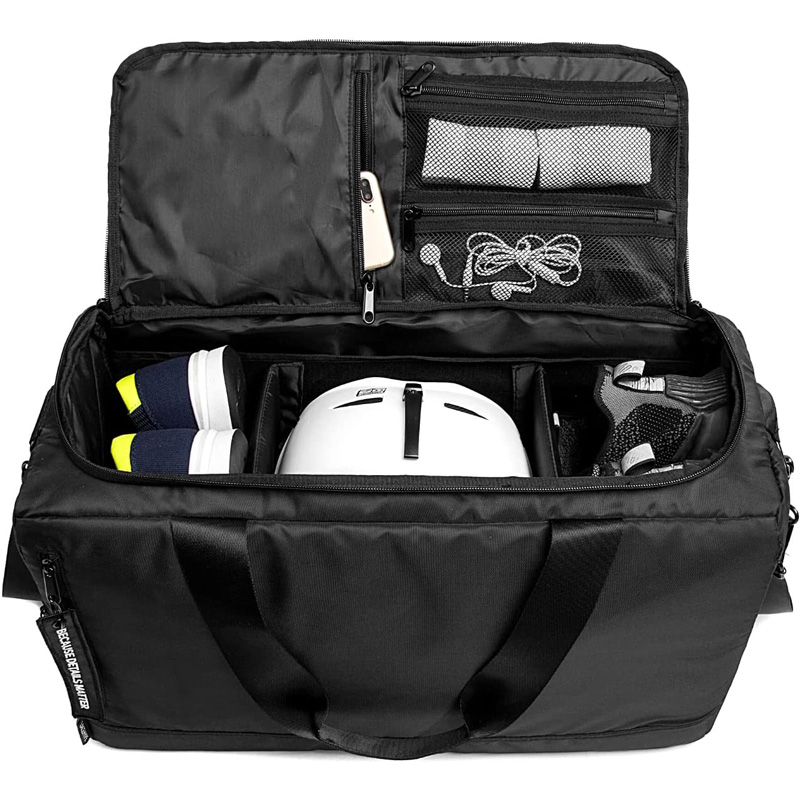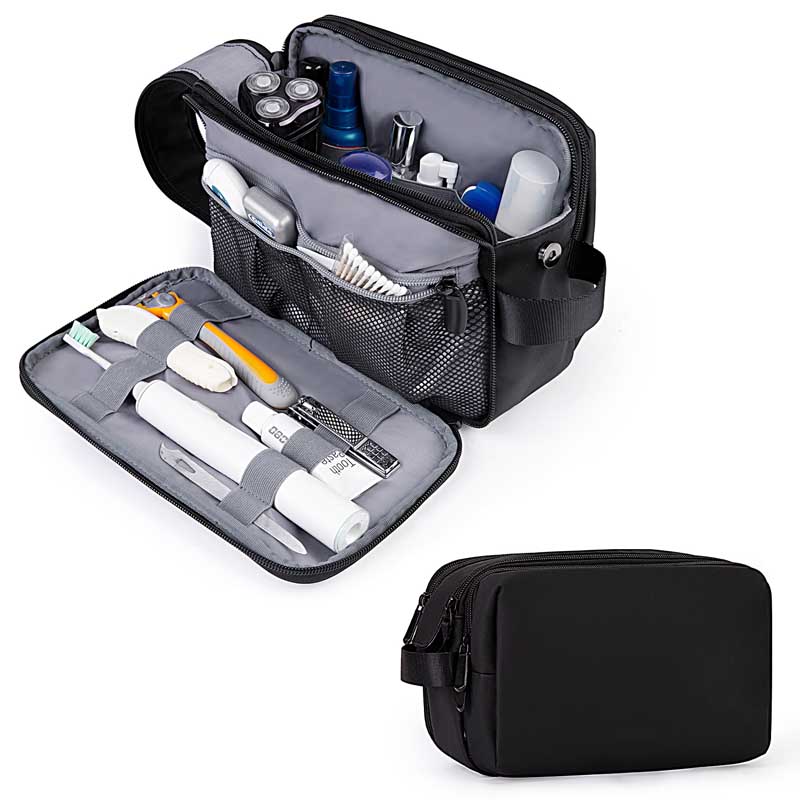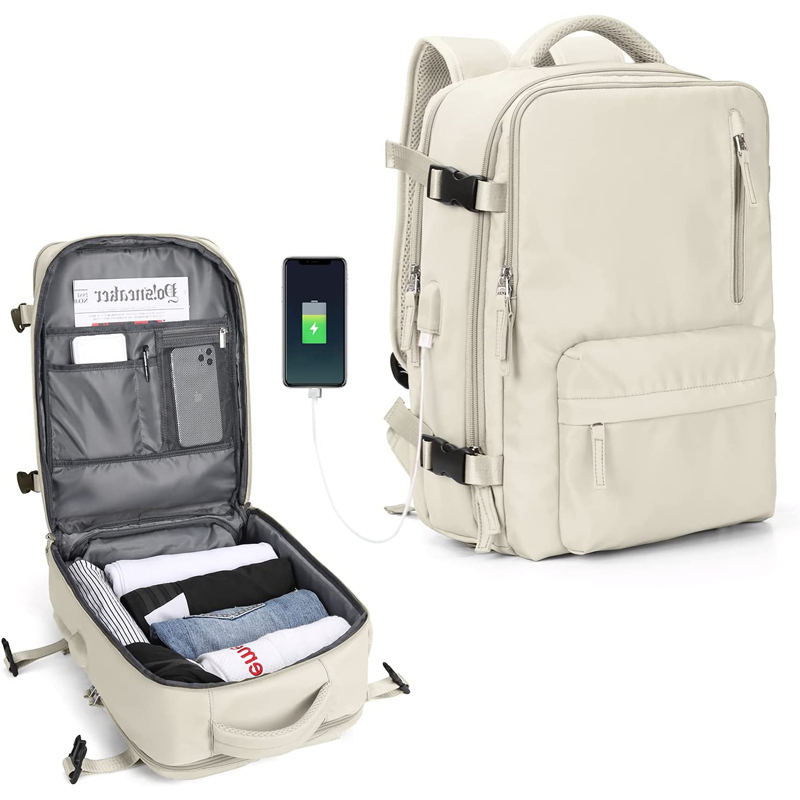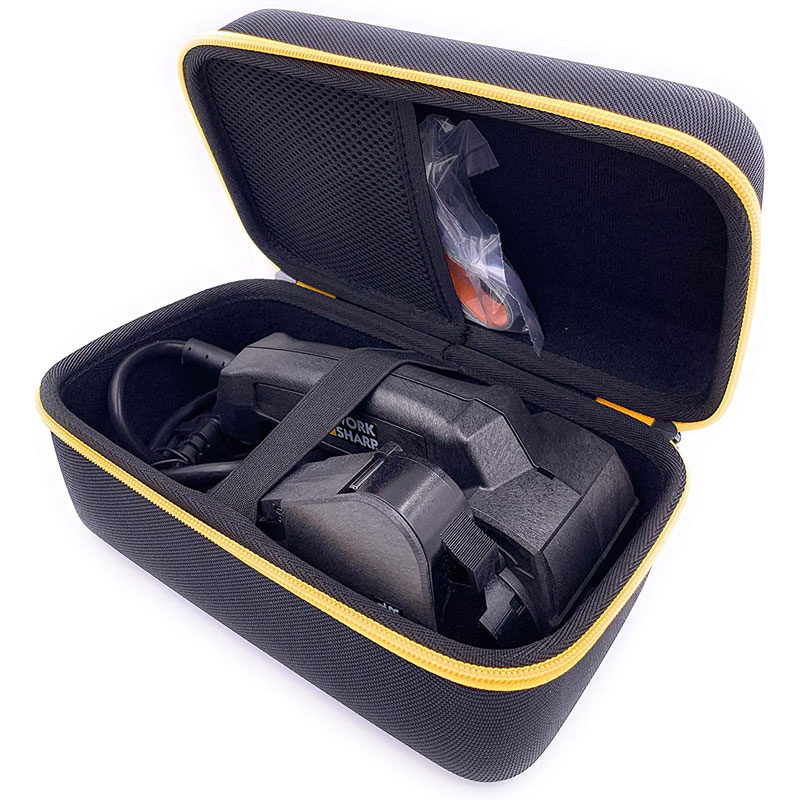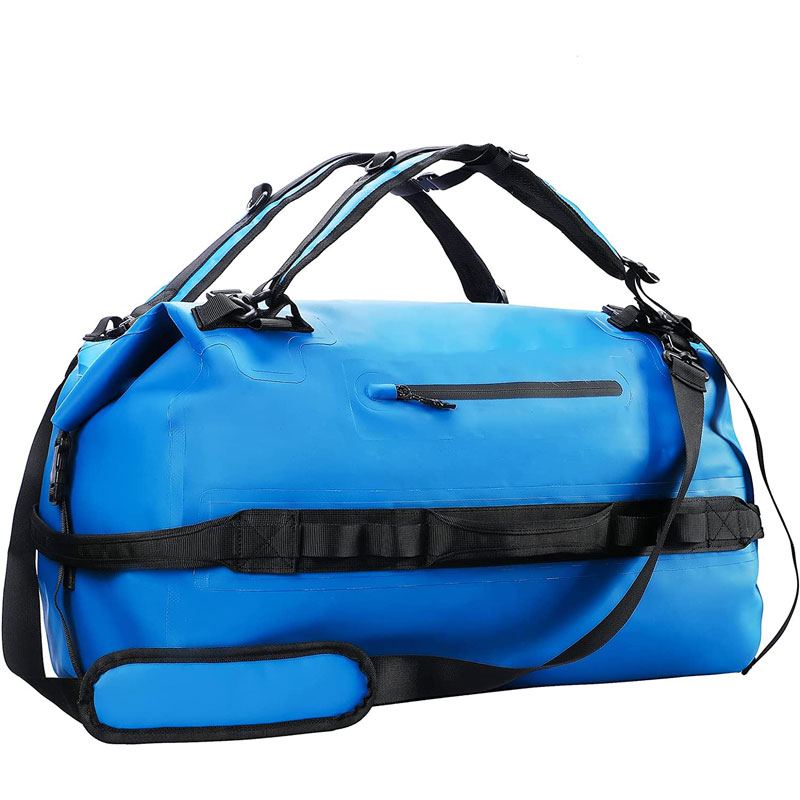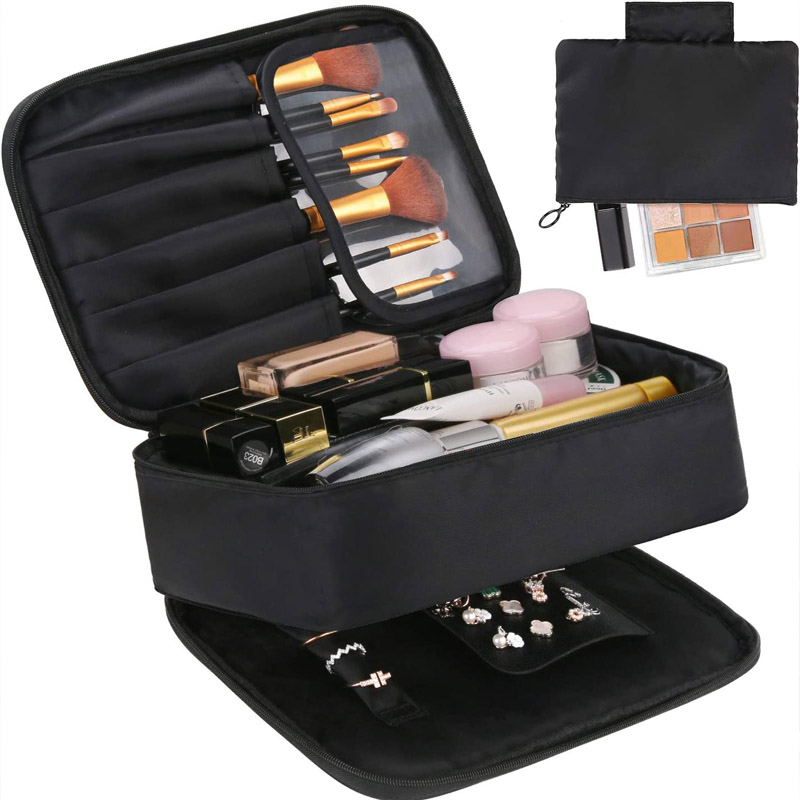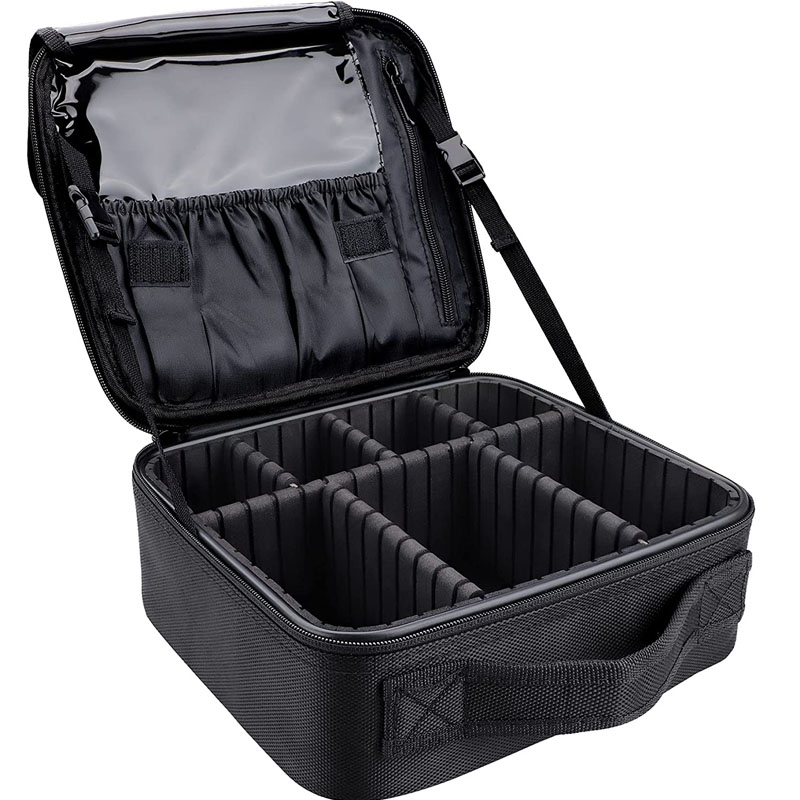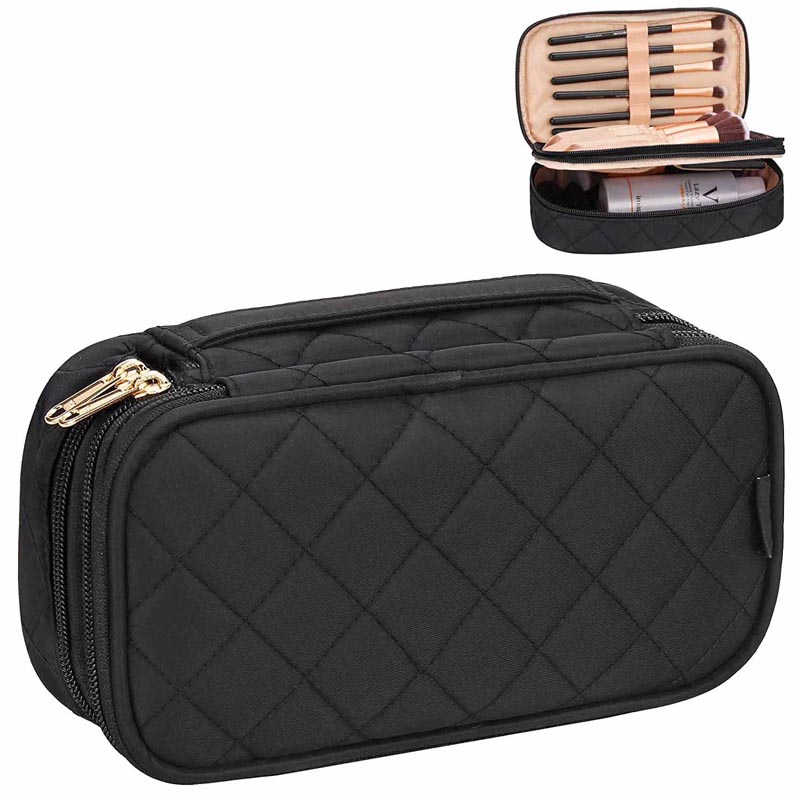Ethylene-Vinyl Acetate (EVA) is renowned for its diverse applications, especially in the creation of foam materials. One such application is Controlled Atmosphere Shaping of Ethylene-Vinyl Acetate, commonly known as EVA CASE. This molding process is used to produce lightweight, durable, and flexible foam products. Let's delve into the three types of EVA CASE and their unique characteristics.
Introduction to EVA CASE
EVA CASE is a molding technique that involves heating and shaping EVA material in a controlled environment. The process results in a variety of foam products with different densities and properties, suitable for a wide range of uses.
1. Standard EVA CASE
Standard EVA CASE is the most common type, offering a balance of cost and performance. It is characterized by its moderate density and resilience.
- Properties: This type of EVA CASE provides a good balance between firmness and flexibility, making it suitable for general applications.
- Applications: It is widely used in the production of shoe soles, yoga mats, and other products where a balance of cushioning and support is required.
2. High-Density EVA CASE
High-Density EVA CASE is characterized by its greater density, which results in a firmer and more durable foam structure.
- Properties: With a higher density, this type of EVA CASE offers increased durability and resistance to wear and tear, while still maintaining flexibility.
- Applications: High-Density EVA CASE is ideal for applications that require more robust cushioning, such as sports equipment, protective padding, and heavy-duty mats.
3. Microcellular EVA CASE
Microcellular EVA CASE is a unique type that features a fine, closed-cell structure, providing exceptional cushioning and insulation properties.
- Properties: This type of EVA CASE is known for its lightweight nature and superior energy absorption, due to the microcellular structure that traps air within the material.
- Applications: Microcellular EVA CASE is used in high-performance applications such as athletic insoles, padding for protective gear, and insulation materials for outdoor equipment.
Comparative Analysis
- Density: The primary differentiator among the three types is their density, with Standard EVA CASE being the least dense, followed by High-Density, and Microcellular having a unique structure that affects its performance differently.
- Cushioning: While all types provide cushioning, the level of comfort and shock absorption varies, with Microcellular EVA CASE offering the highest level due to its cellular structure.
- Durability: High-Density EVA CASE stands out for its durability, making it suitable for applications where the foam will experience significant wear.
- Weight: Microcellular EVA CASE is typically the lightest due to its cellular structure, which reduces material usage while maintaining performance.
The three types of EVA CASE—Standard, High-Density, and Microcellular—each offer unique benefits tailored to specific needs. From the balanced performance of Standard EVA CASE to the robustness of High-Density and the advanced cushioning of Microcellular, the versatility of EVA in molded foam solutions is evident. As industries continue to seek innovative materials that combine performance with cost-effectiveness, the role of EVA CASE in product design and manufacturing is likely to expand.
Harmony Bags has been engaged in bag manufacturing for 20 years. We are a professional company in producing various kinds of bags,such as cosmetic & toiletry bags, backpacks, travel bags, waterproof bags and waist bags. Our monthly production capacity is 500,000 bags. We can guarantee reliable quality, on-time delivery and good service.


